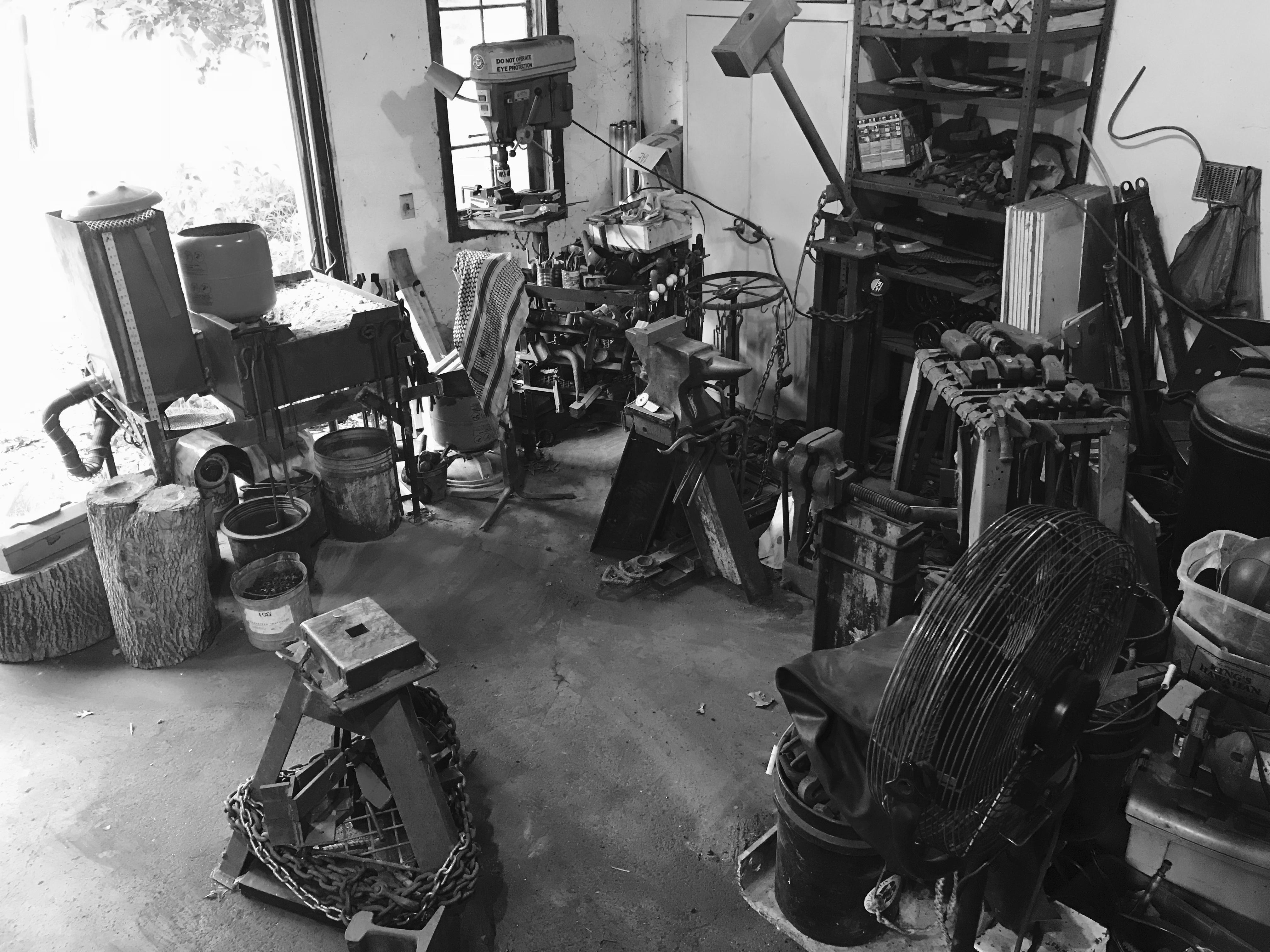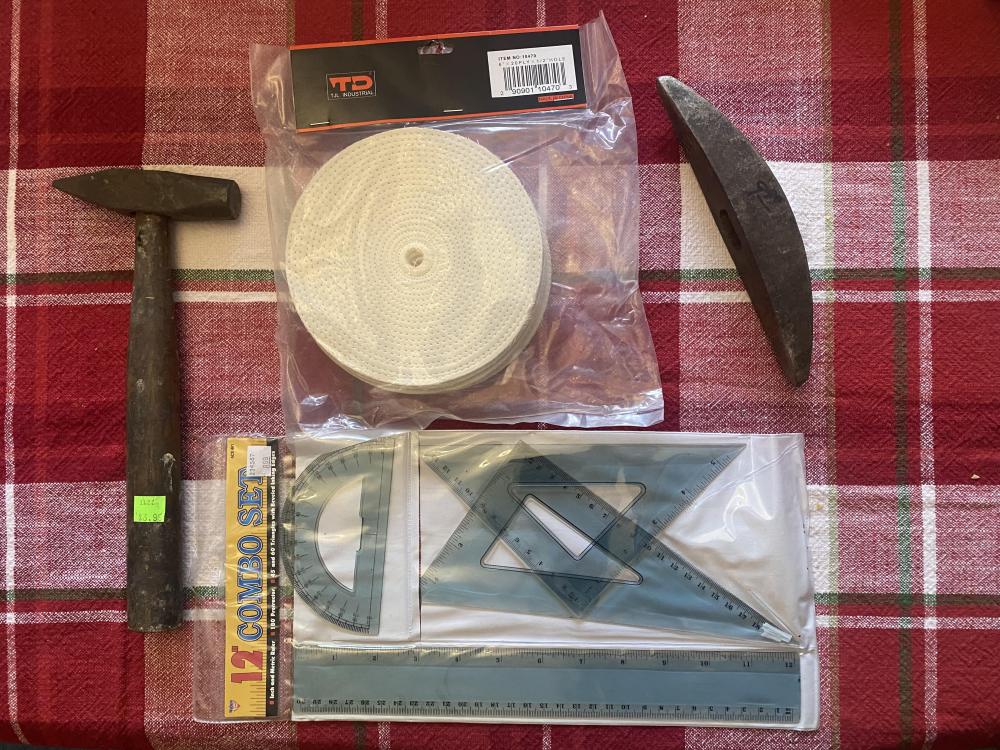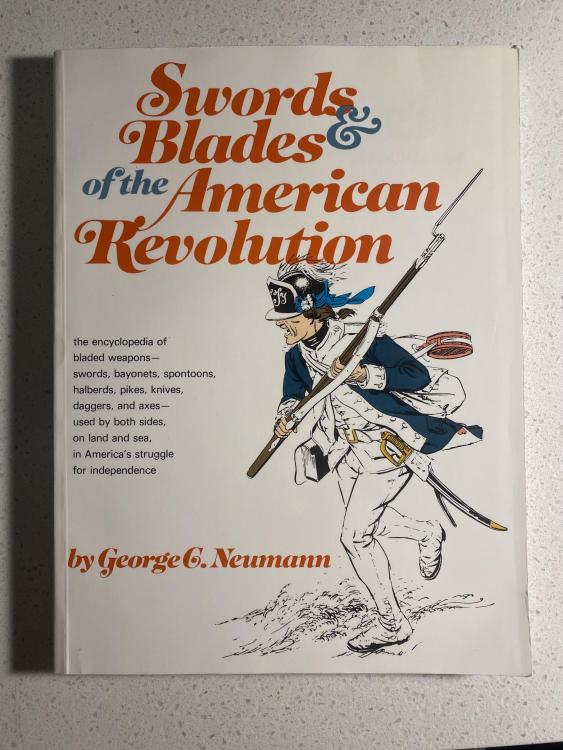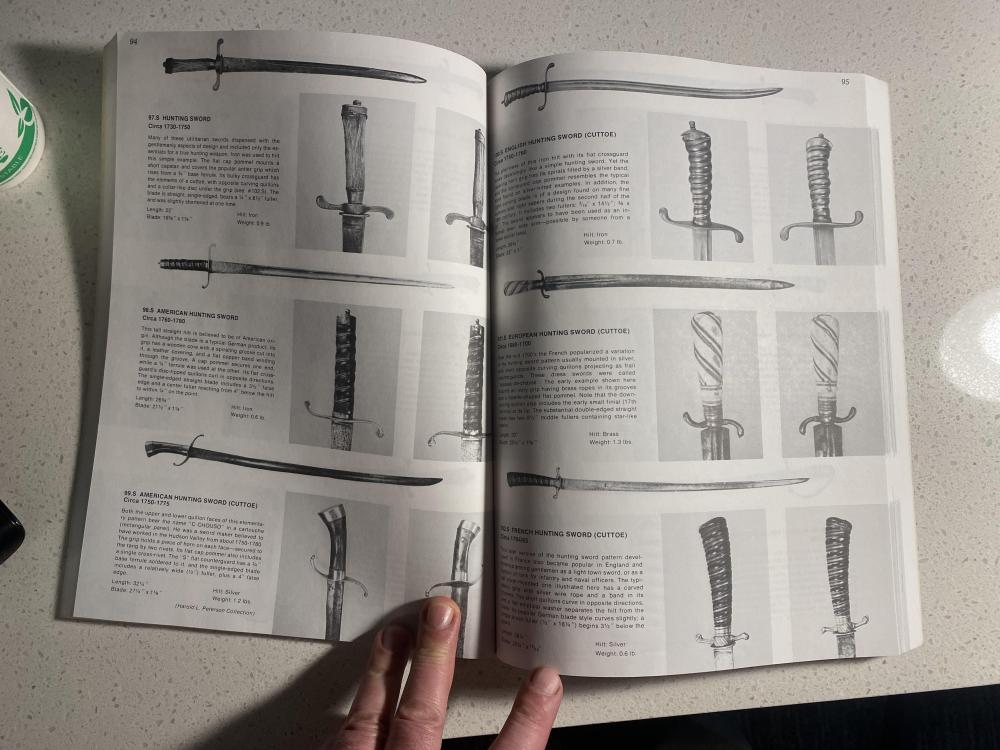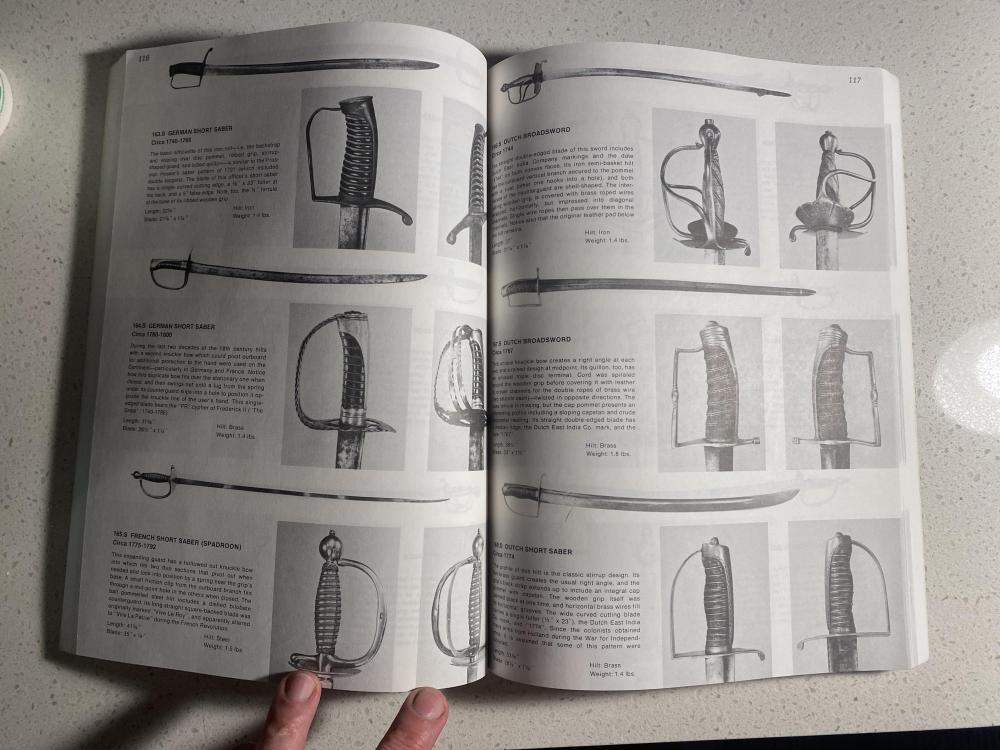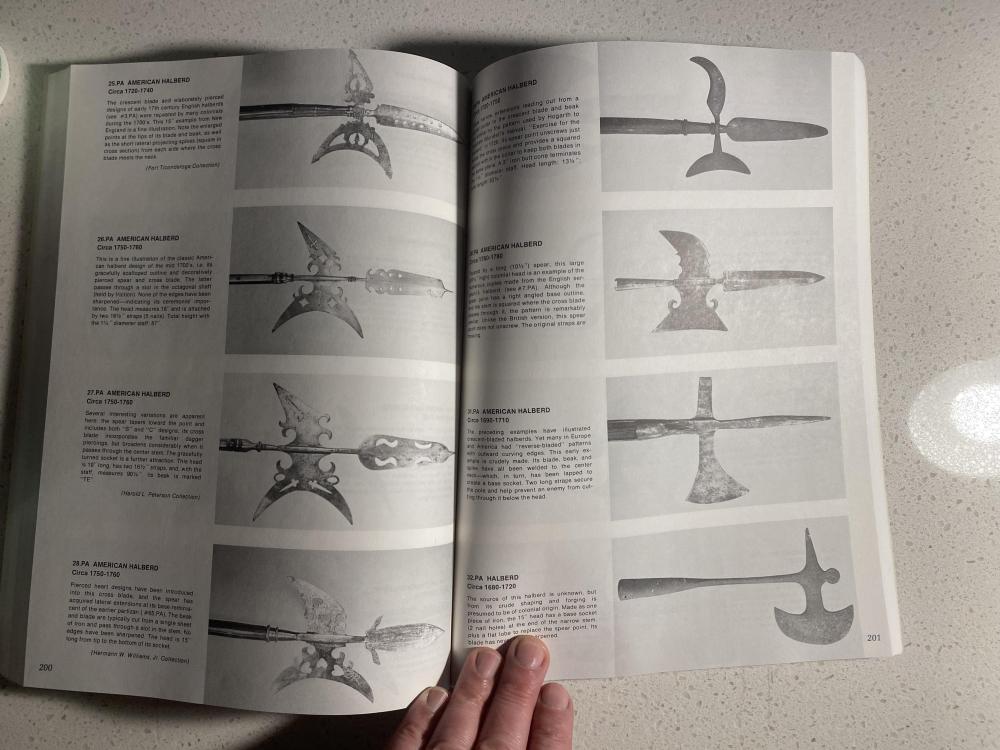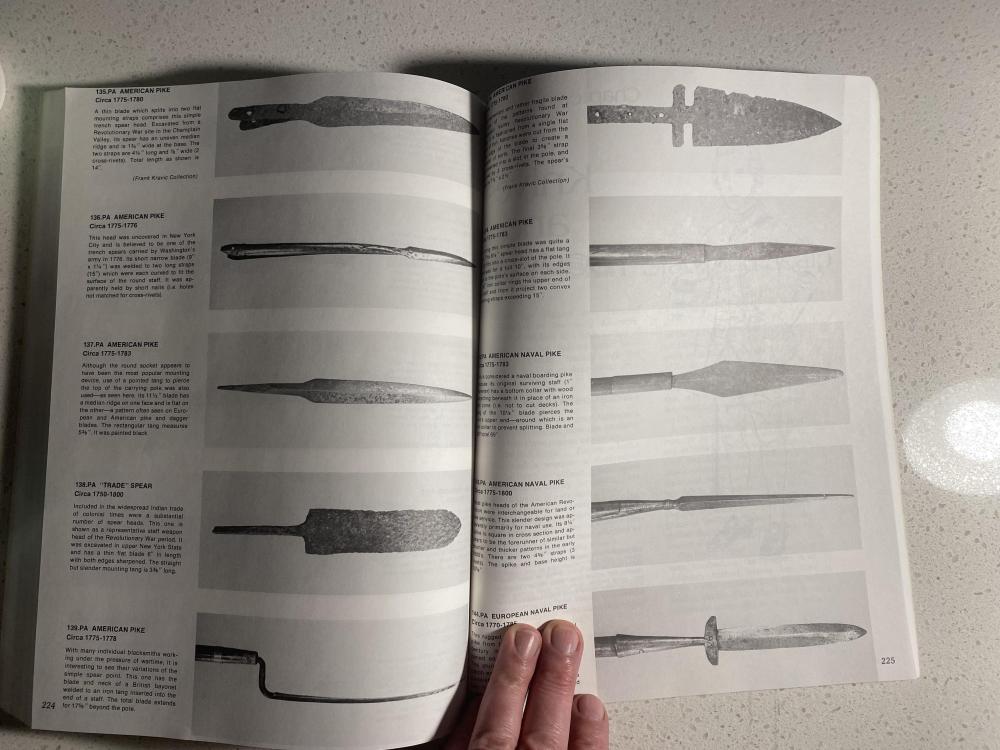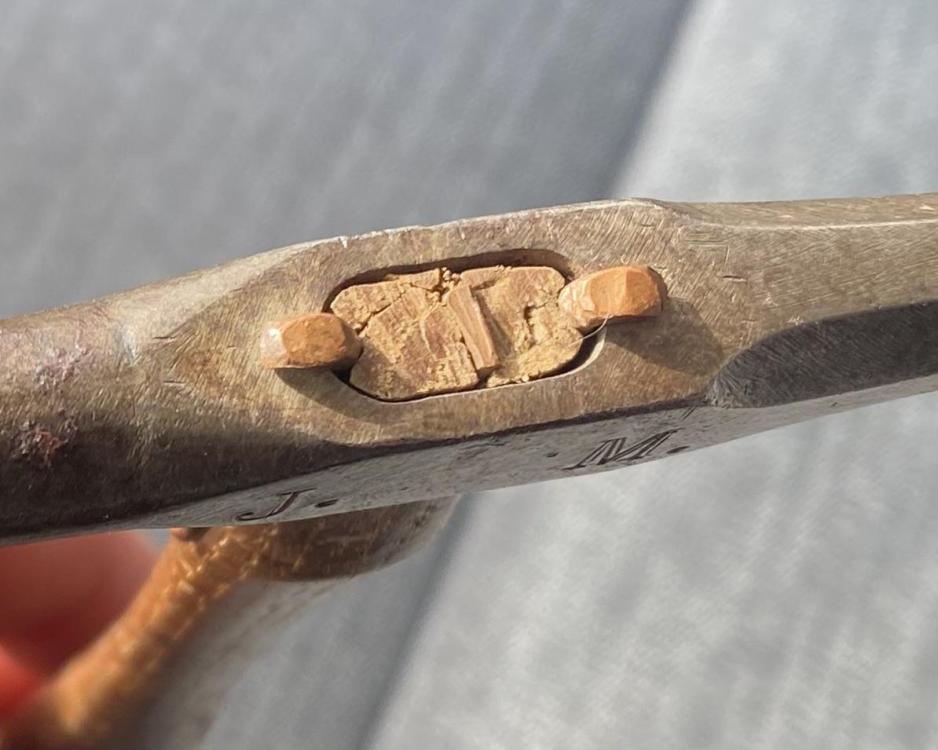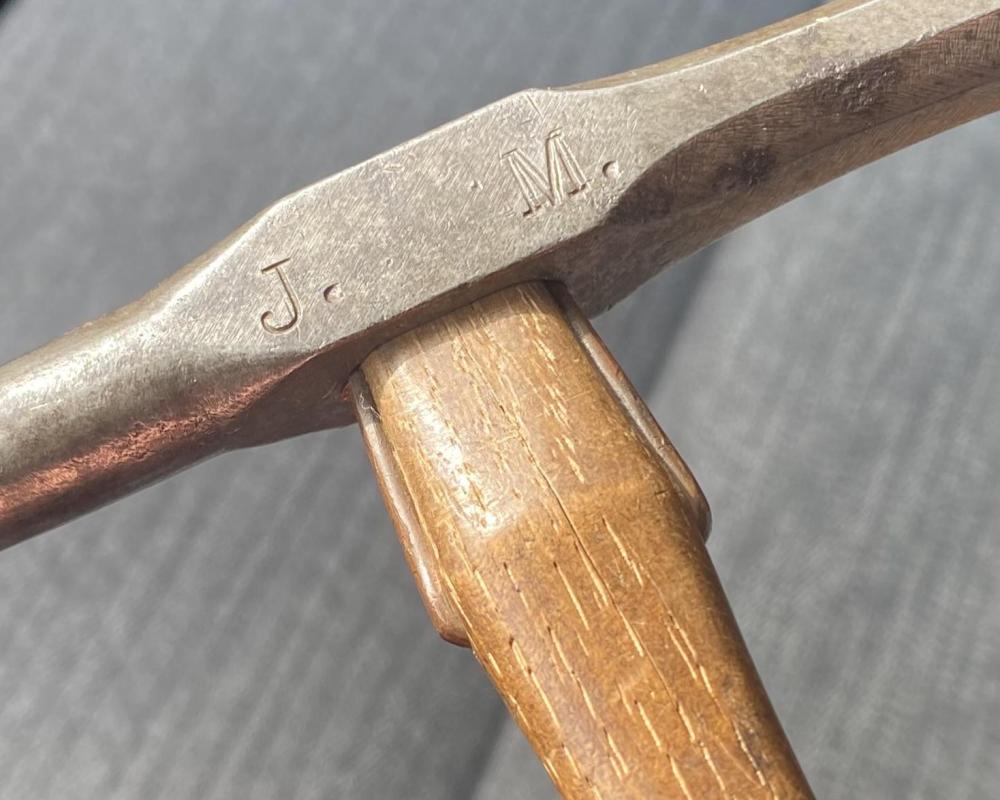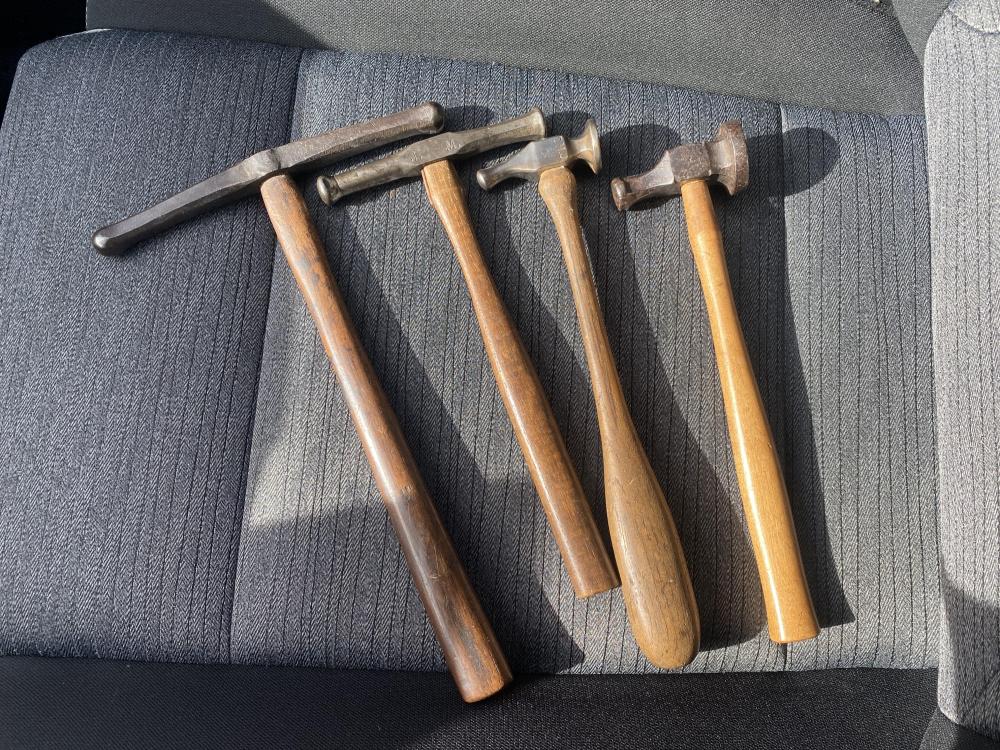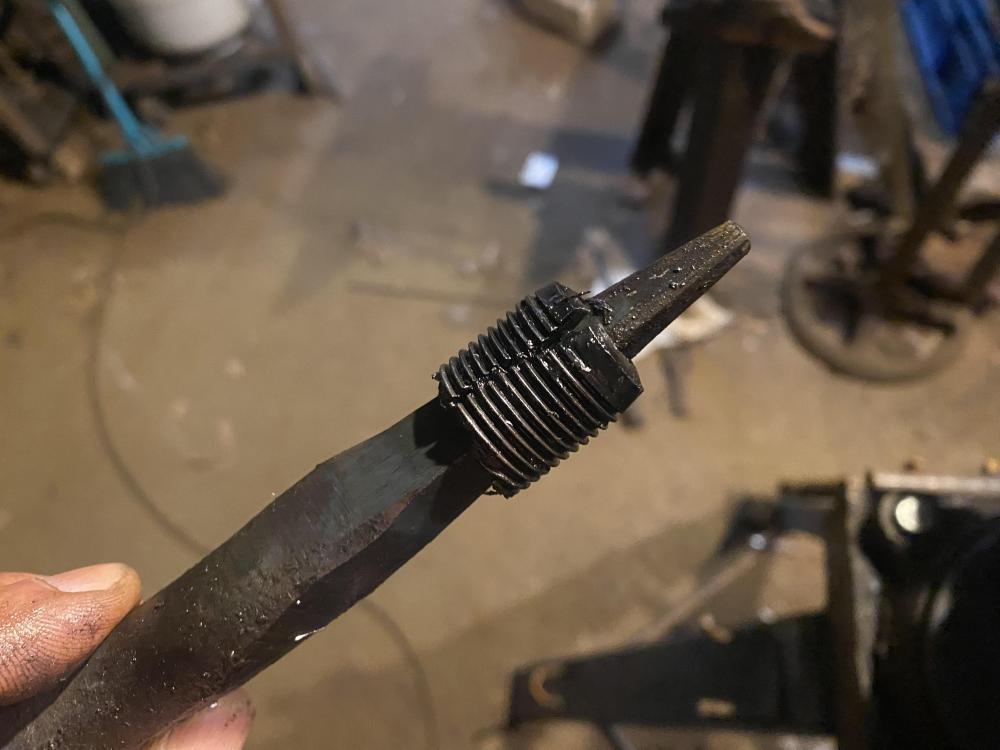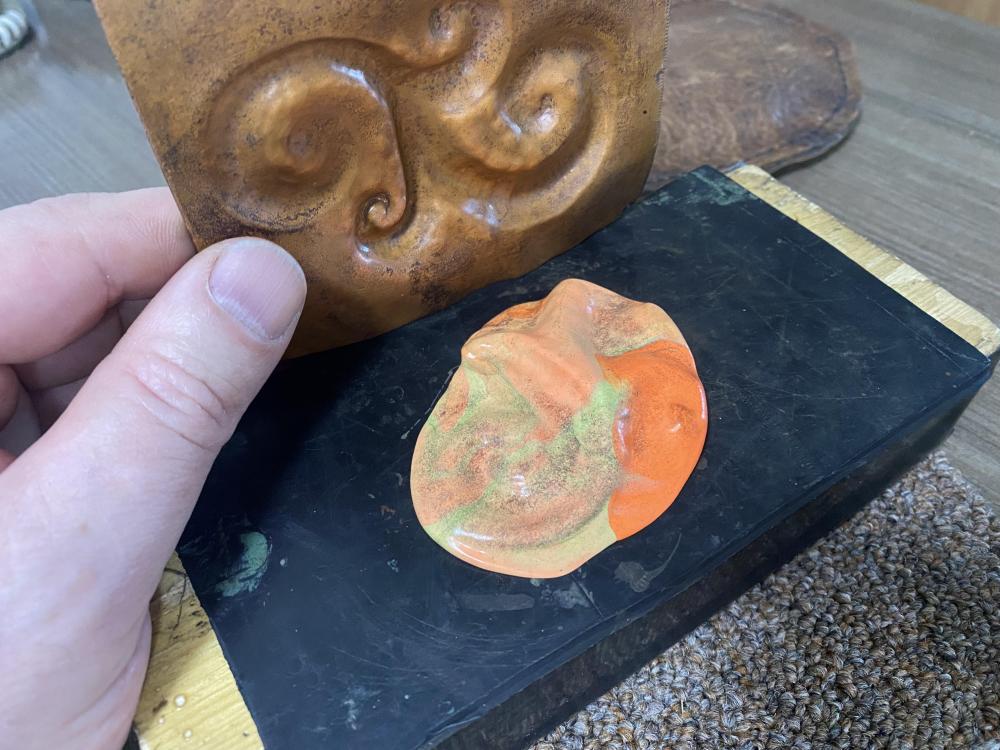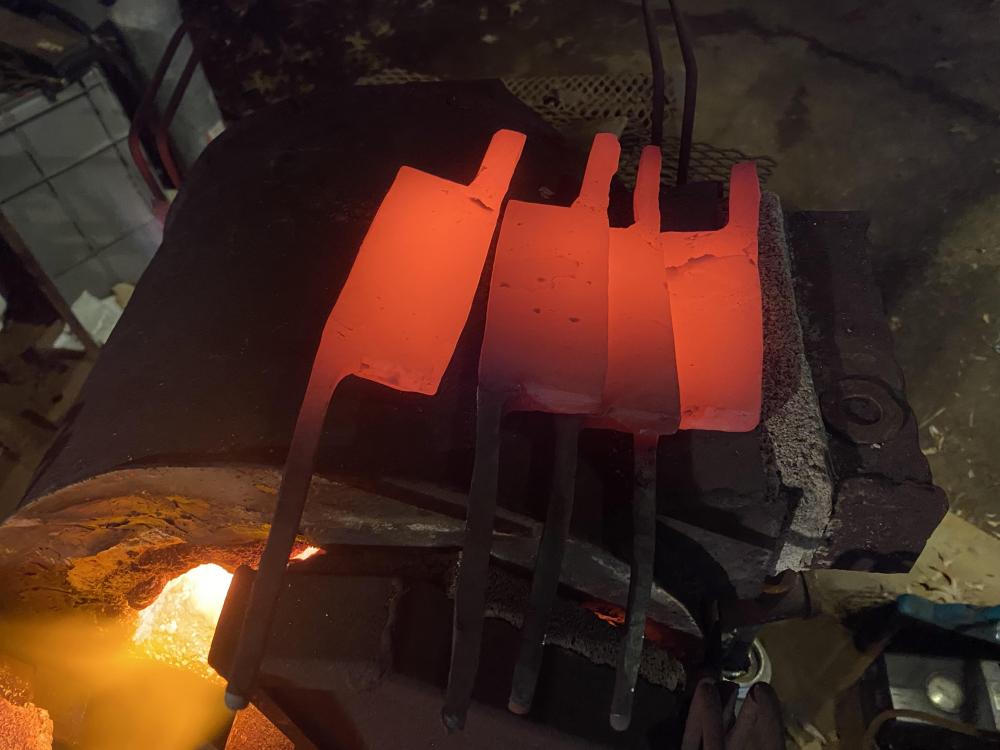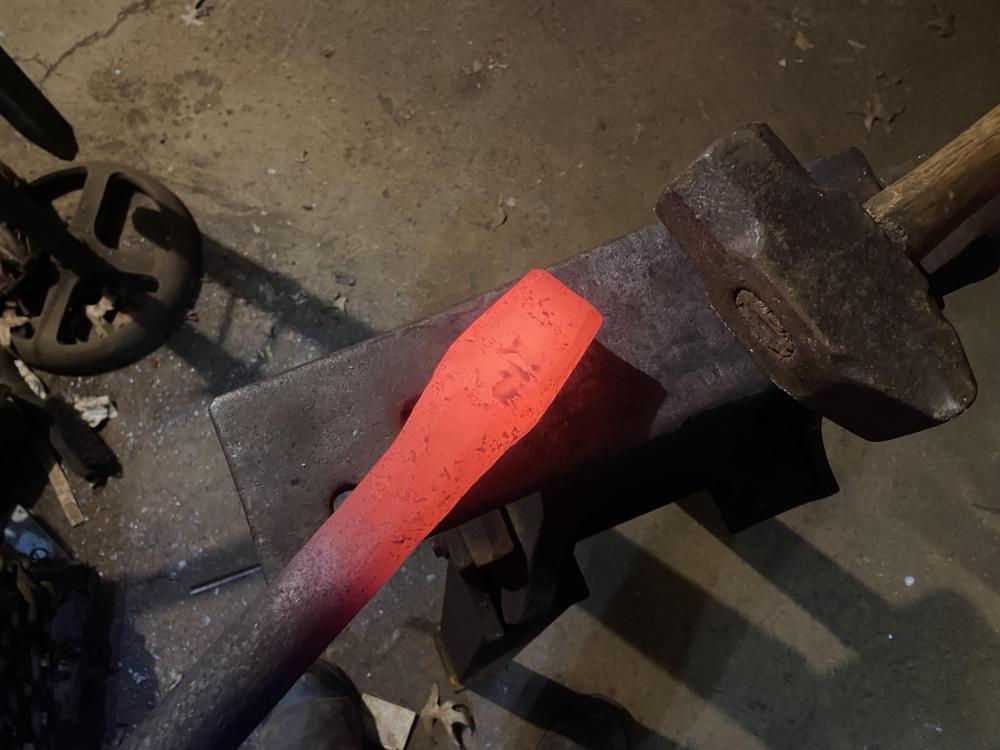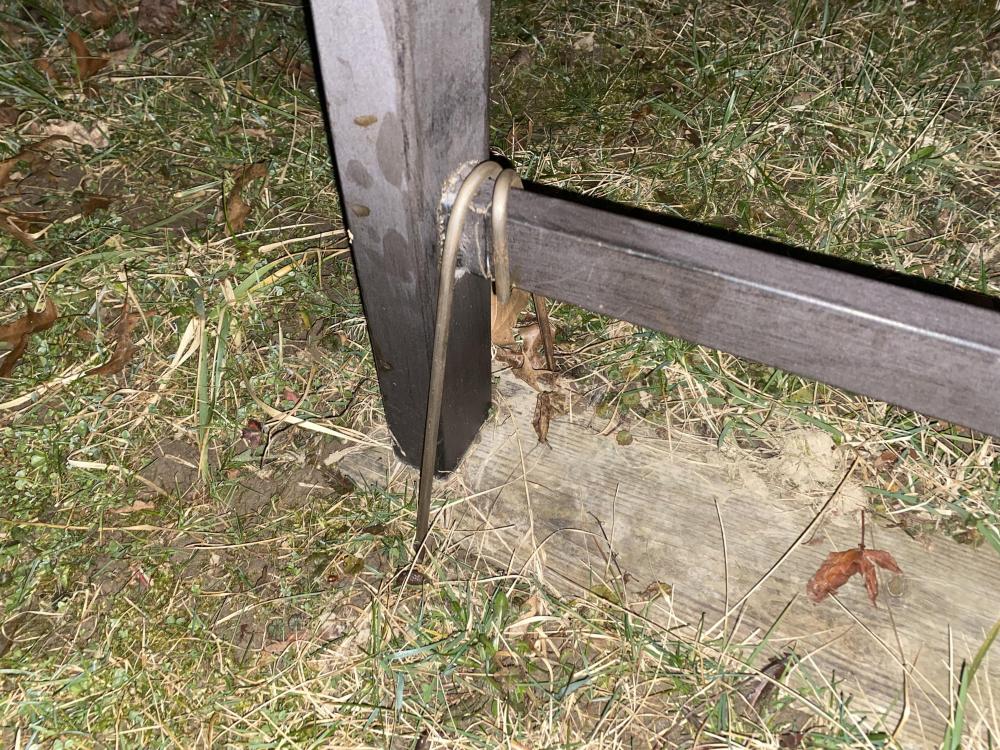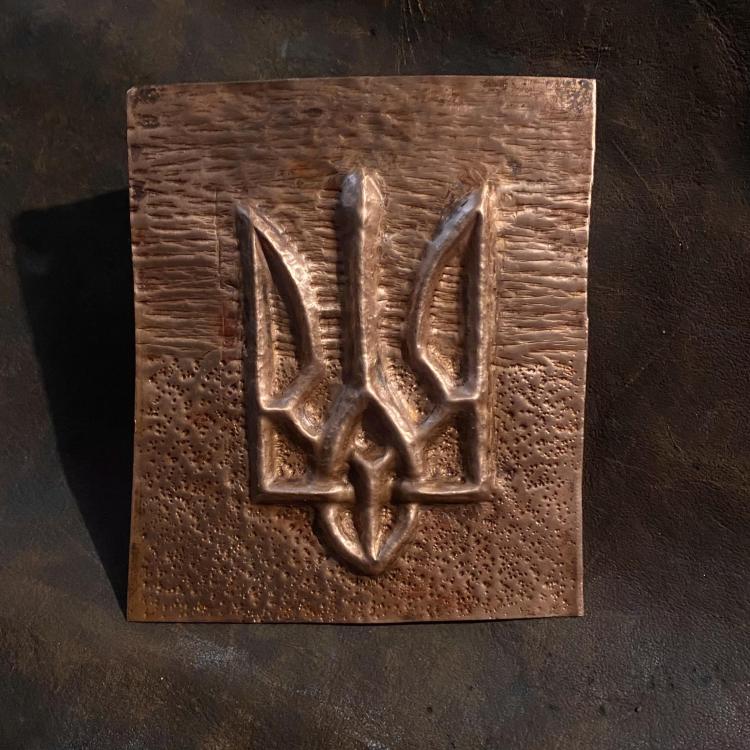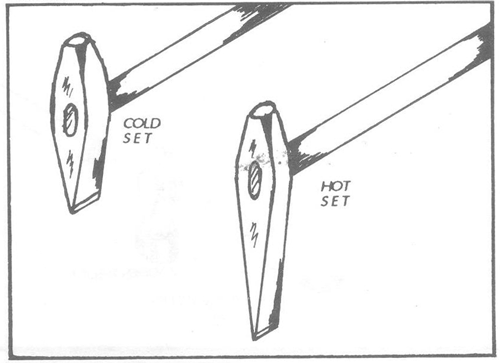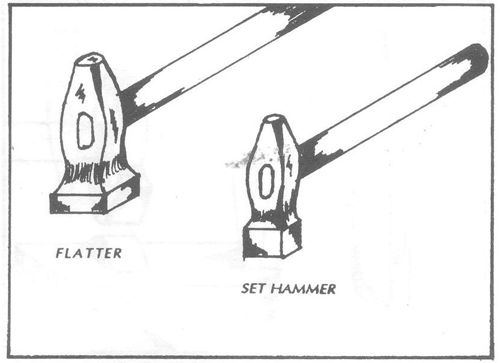-
Posts
19,292 -
Joined
-
Last visited
Content Type
Profiles
Forums
Articles
Gallery
Downloads
Events
Everything posted by JHCC
-
A few more goodies, these from a used tool liquidation place, also in southern New Hampshire. Nothing I particularly needed apart from the buffing wheels, but they were having a 20% off moving sale (and they rang up the $9.99 pick head at $0.99).
-
It’s The Vintage Tool Shop in Fremont. Interestingly, the guy who runs it is also one of the suppliers for Colonial Homestead in Ohio, which I mentioned visiting in an earlier post.
-

Work-hardening a sickle question
JHCC replied to SubterraneanFireForge's topic in Cold Worked Iron and Steel
The problem is that mugwort easily regrows from its roots, so cutting it back doesn't get rid of it. Instead of forging a sickle, you need to think about making some kind of weeding claw that will help you get the entire root system out of the ground, as it can easily regrow from a single rhizome. -

Work-hardening a sickle question
JHCC replied to SubterraneanFireForge's topic in Cold Worked Iron and Steel
Here are two good videos about scythe forging, the first from Torbjörn Åhman: And the second from the Northmen channel: -
-
Addendum: the smaller of the sinking hammers has been repaired with an interesting approach to securing a loose head.
-
For those who missed the update on “What did you do in the shop today?”, I ended up making an oversized screw extractor and twisting the die out with a pipe wrench: In other news, a visit to a vintage tool shop in southern New Hampshire yielded a quartet of old hammers: two sinking and two chasing. I paid a bit of “antique premium”, but not excessive. We actually went across the road to their house and up to the spare bedroom on the second floor to dig three of these out of a dresser drawer, and then closed the deal over the kitchen table. Nice folks.
-

Guillotine treadle hammer
JHCC replied to FlatLiner's topic in Power Hammers, Treadle Hammers, Olivers
He's got a couple of follow-up videos that I haven't watched yet. -
I thought Venice was in Florida, not North Carolina.
-

Guillotine treadle hammer
JHCC replied to FlatLiner's topic in Power Hammers, Treadle Hammers, Olivers
Cool idea, and very creative approach. My only qualm is that he’s not getting any mechanical advantage out of his linkage, but that’s a minor detail. -

What did you do in the shop today?
JHCC replied to Mark Ling's topic in Blacksmithing, General Discussion
There’s a good thread on homemade chaser’s pitch HERE. Here’s a tip I picked up on the Chasing and Repoussé Facebook group for a backing material that can be easily molded onto the non-working side of your piece, comes right off with needing to be heated, and actually has the intriguing non-Newtonian property of getting harder as it’s struck: Silly Putty! This is now an indispensable part of my “repoussé on the road” kit, since it can be applied, removed, repositioned, and reapplied at will and without needing a heat gun or a torch. -

Got a question about wrought iron and skill level
JHCC replied to Red53's topic in Blacksmithing, General Discussion
Exactly this, with all the caveats posted above. -

What did you do in the shop today?
JHCC replied to Mark Ling's topic in Blacksmithing, General Discussion
It's certainly possible, if the steel is wrapped tightly enough. Might be a combination of both. -

What did you do in the shop today?
JHCC replied to Mark Ling's topic in Blacksmithing, General Discussion
Put in a couple of hours at the forge, at the opposite end of my range from the repoussé. Before I started to run out of propane, I got some forging done on the mounting brackets for the current railing project: And made some progress on upsetting and shaping the top end of the 1-1/4” round shaft for the stake anvil project: I also knocked out some long hook-ended stakes to help keep the patio swing from blowing over in the wind. -

What did you do in the shop today?
JHCC replied to Mark Ling's topic in Blacksmithing, General Discussion
They made a mistake when he ordered AI. Instead of Artificial Intelligence, they gave him Aggravating Idiocy! -

What did you do in the shop today?
JHCC replied to Mark Ling's topic in Blacksmithing, General Discussion
I learn a bit more each time! -

What did you do in the shop today?
JHCC replied to Mark Ling's topic in Blacksmithing, General Discussion
Another repoussé tryzub (Ukrainian trident) competed, this one with the background textured with the heraldic patterns that indicate the blue and yellow of the Ukrainian flag. -
A tip from the art restoration world: first, put a few drops of your chosen soap/detergent in a little water and stir to combine. Then dip the bulb of a cotton swab in the liquid, press it against the side of the container to squeeze out the excess liquid, and then clean a small area about the size of the pad of your thumb. Look at the swab to see how much dirt is coming off and repeat as needed. Make sure to blot off any excess water and wipe each area dry before moving to the next. Continue this process until you’ve cleaned everything that needs cleaning. I would *not* recommend penetrating oil for initial cleaning, as it can sometimes stain leather and it’s impossible to get out.
-
Google Scholar is generally a good place to look, although even there, one has to be very careful to look further into the actual articles and citations. For example, the two most promising hits on "transatlantic copper trade precolumbian" were both from the "Journal of Scientific Exploration", which exists primarily to promote fringe theories about UFOs, pseudoarchaeology, and the like. I clicked on one of them, and the fact that the first few pages were dedicated to excoriating mainstream archaeology for insisting on evidence was revealing, to say the least.
-
Hancock is a joke. Almost nothing that he claims stands up to any degree of academic rigor, and every time any serious archaeologist presents evidence and scholarship to debunk his pseudoarchaeological speculations, he starts whining about how The Establishment can't handle criticism or challenges to established wisdom. He's a good writer and superficially persuasive, but that's as far as it goes. Carl Sagan's maxim "Extraordinary claims require ordinary evidence" is most appropriate, and George's skepticism is well founded and well articulated.
-

An interesting industrial drill press
JHCC replied to JHCC's topic in Drills, Post drills, Mag drills, etc
I’m just sad that it sold before I got a chance to see it in person. -

What did you do in the shop today?
JHCC replied to Mark Ling's topic in Blacksmithing, General Discussion
Frosty, you're thinking of a "set hammer". "Hot set" is entirely appropriate for a top tool for cutting hot steel, just as "cold set" is for a top tool for cutting cold steel. Here are two of the illustrations from J. B. Stokes's Basic Blacksmithing: A Training Manual that illustrate the difference: This isn't to say that "hot cut" is not an appropriate name for the same tool. It certainly is, just as one could say "handled hot cut" or "hot chisel top tool" or the like. Generally, we only see a distinction being made between "hot" and "cold" tool names when there are different versions for hot work and cold work, and set hammers are typically used only on hot metal. -
Welcome to IFI, maplebones! Let us know who you are in the "Introduce Yourself" section, and make sure to READ THIS FIRST!
